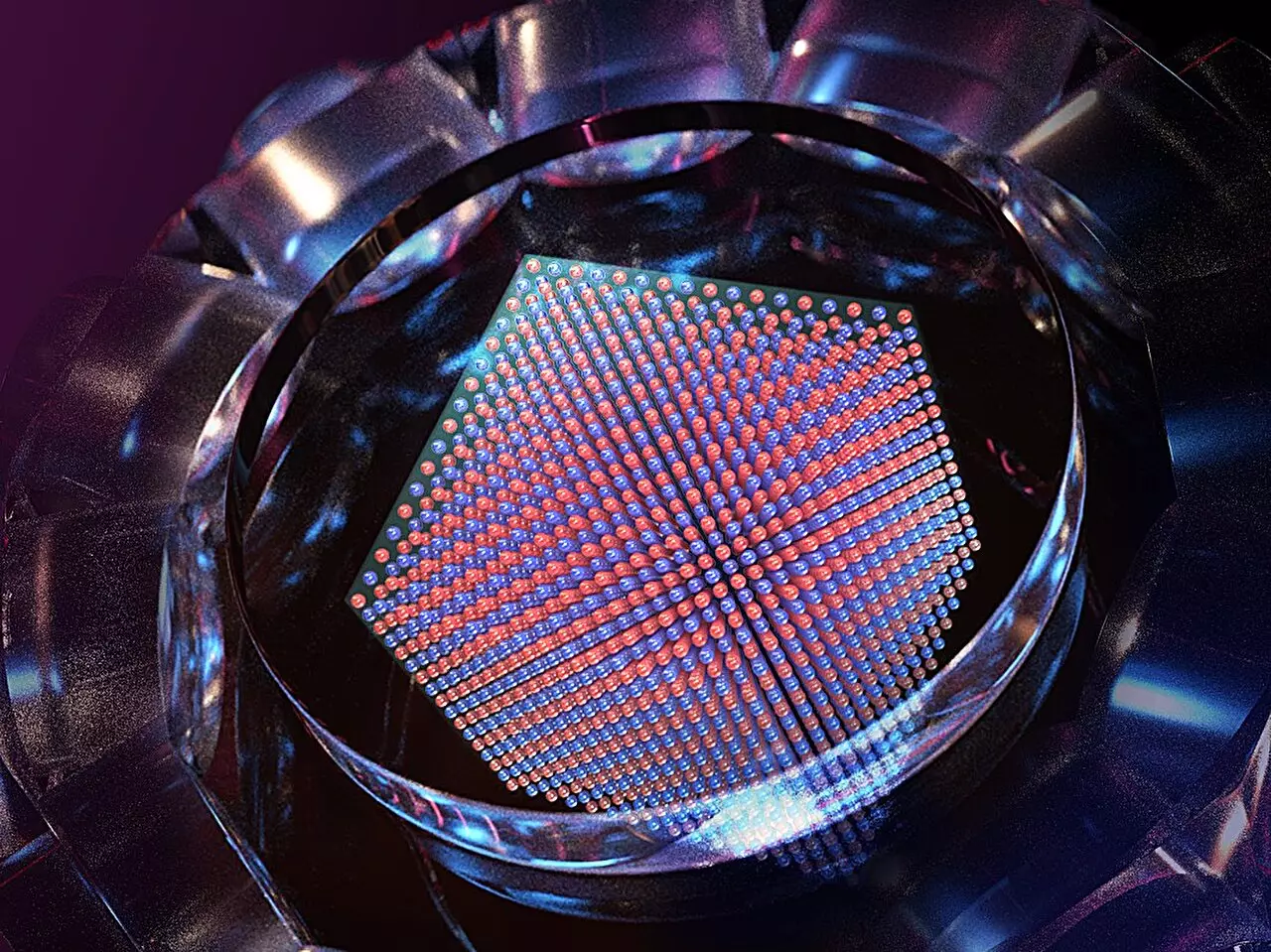A recent study published in Nature has made a groundbreaking discovery in the field of quantum simulation. The research team led by Prof. Pan Jianwei, Prof. Chen Yuao, and Prof. Yao Xingcan from the University of Science and Technology of China (USTC) has successfully observed the antiferromagnetic phase transition within a large-scale quantum simulator of the fermionic Hubbard model (FHM). This study sheds light on the advantages of quantum simulation in understanding quantum magnetism and its role in high-temperature superconductivity.
The Fermionic Hubbard model (FHM) serves as a simplified representation of electron behaviors in a lattice, capturing a wide range of physics related to strong correlations like those observed in quantum materials. However, studying the FHM presents several challenges. There is no exact analytical solution for this model in two and three dimensions, and current numerical methods have limitations in exploring the parameter spaces. Even universal digital quantum computers may struggle to accurately solve the FHM, highlighting the complexity of this model.
Quantum simulation, especially involving ultracold fermionic atoms in optical lattices, has emerged as a potential solution to mapping out the low-temperature phase diagram of the FHM. The study conducted by the research team involved realizing the antiferromagnetic phase transition and reaching the ground state of the FHM at half-filling, which are crucial steps in validating the capabilities of the quantum simulator. By combining a low-temperature homogeneous Fermi gas in a box trap with a flat-top optical lattice with uniform site potentials, the team developed an advanced quantum simulator with approximately 800,000 lattice sites. This marked a significant advancement compared to current experiments with only several dozen sites.
The research team managed to observe conclusive evidence of the antiferromagnetic phase transition within the quantum simulator. By precisely tuning the interaction strength, temperature, and doping concentration, they were able to approach critical values and observe the power-law divergence of the spin structure factors. This work not only advances the understanding of quantum magnetism but also lays the foundation for further studies on the FHM and obtaining its low-temperature phase diagram. The experimental results have already surpassed the capabilities of current classical computing, showcasing the advantages of quantum simulation in tackling complex scientific problems.
The study published in Nature represents a significant milestone in the field of quantum simulation and its applications in understanding quantum magnetism. By overcoming challenges in studying the Fermionic Hubbard model, the research team has demonstrated the potential of quantum simulation in unraveling the mysteries of high-temperature superconductivity and strongly correlated quantum materials. This research paves the way for future investigations and advancements in quantum simulation technology, offering new insights into the fundamental principles governing quantum behavior.


Leave a Reply